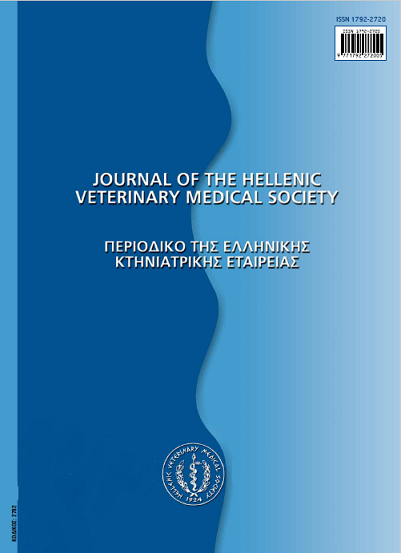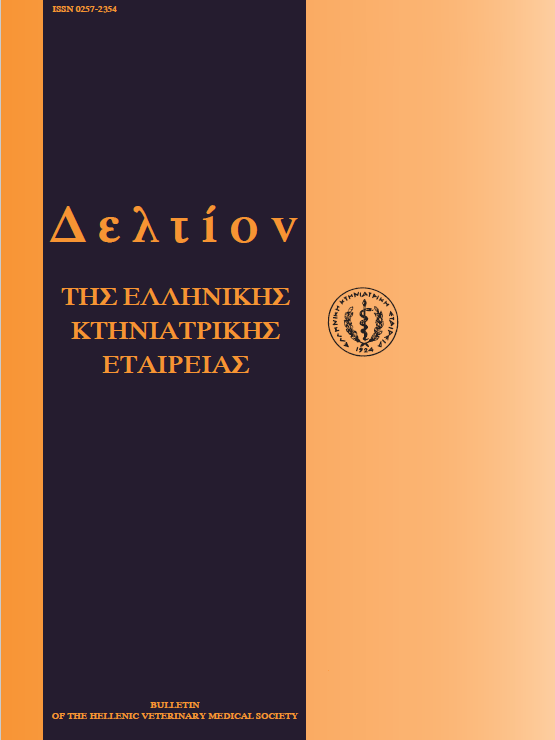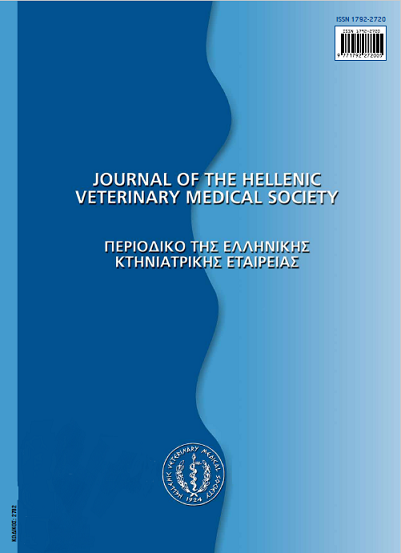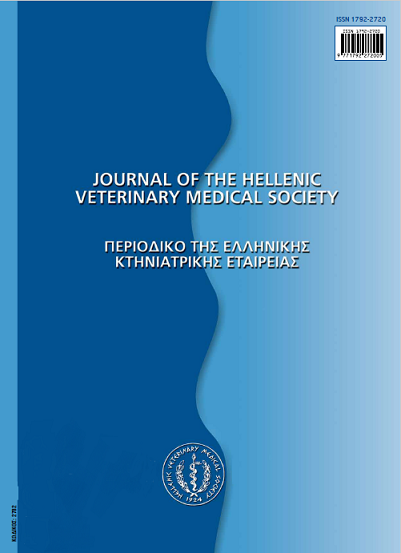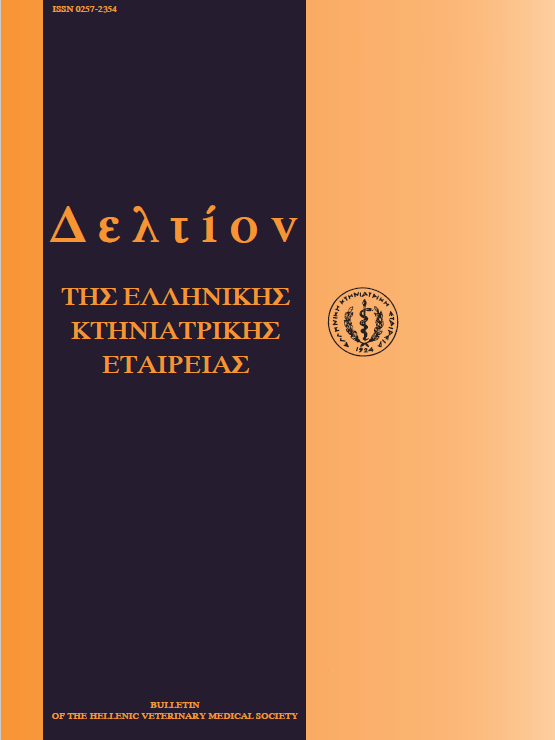Reference values of 23 clinically important biochemical parameters in 107 normal pleasure horses residing in northern Greece
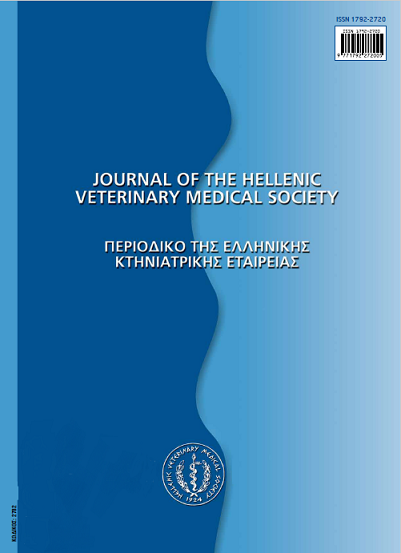
Abstract
The purpose of this study was το establish die reference values of die most useful biochemical parameters from a clinical ροίητ of view in pleasure horses kept in northern greek riding clubs. This biochemical profile included a total of 23 parameters such as Urtai proteins, albumins, globulins, the albumin/globulin ratio, urea nitrogen (BUN), creatinine, glucose, cholesterol, triglycerides, total and direct bilirubin, alkaline phosphatase (ALP), alanine aminotrasferase (ALT), aspartate aminotrasferase (AST), gamma-glutamylotransferase (γ-GT), creatine kinase (CK), lactate dehydrogonase (LDH), sorbitol dehydrogonase (SD), phosphorus (P), calcium (Ca), potassium (K), sodium (Na) and magnesium (Mg). A total of 107 horses, which had been considered clinically normal on historical, clinical and hematological grounds, were sampled. All the measurements were done in the blood serum, applying the relevant methods and reagents which are normally used in the Laboratory of Clinical Diagnosis and Clinical Pathology, School of Veterinary Medicine, A.U.T.. Besides the establishment of the reference interval for each biochemical parameter, all the factors that may cause an abnormal increase or decrease are discussed accordingly.
Article Details
- How to Cite
-
DIAKAKIS (Ν.ΔΙΑΚΑΚΗΣ) N., MYLONAKIS (Μ. Ε. ΜΥΛΩΝΑΚΗΣ) M. E., ROUBIES (Ν. ΡΟΥΜΠΙΕΣ) N., KOUTINAS (Χ.Κ. ΚΟΥΤΙΝΑΣ) C., FYTIANOU (Α. ΦΥΤΙΑΝΟΥ) A., & KOUTINAS (Α.Φ. ΚΟΥΤΙΝΑΣ) A. F. (2018). Reference values of 23 clinically important biochemical parameters in 107 normal pleasure horses residing in northern Greece. Journal of the Hellenic Veterinary Medical Society, 53(2), 138–146. https://doi.org/10.12681/jhvms.15370
- Issue
- Vol. 53 No. 2 (2002)
- Section
- Research Articles

This work is licensed under a Creative Commons Attribution-NonCommercial 4.0 International License.
Authors who publish with this journal agree to the following terms:
· Authors retain copyright and grant the journal right of first publication with the work simultaneously licensed under a Creative Commons Attribution Non-Commercial License that allows others to share the work with an acknowledgement of the work's authorship and initial publication in this journal.
· Authors are able to enter into separate, additional contractual arrangements for the non-exclusive distribution of the journal's published version of the work (e.g. post it to an institutional repository or publish it in a book), with an acknowledgement of its initial publication in this journal.
· Authors are permitted and encouraged to post their work online (preferably in institutional repositories or on their website) prior to and during the submission process, as it can lead to productive exchanges, as well as earlier and greater citation of published work.



